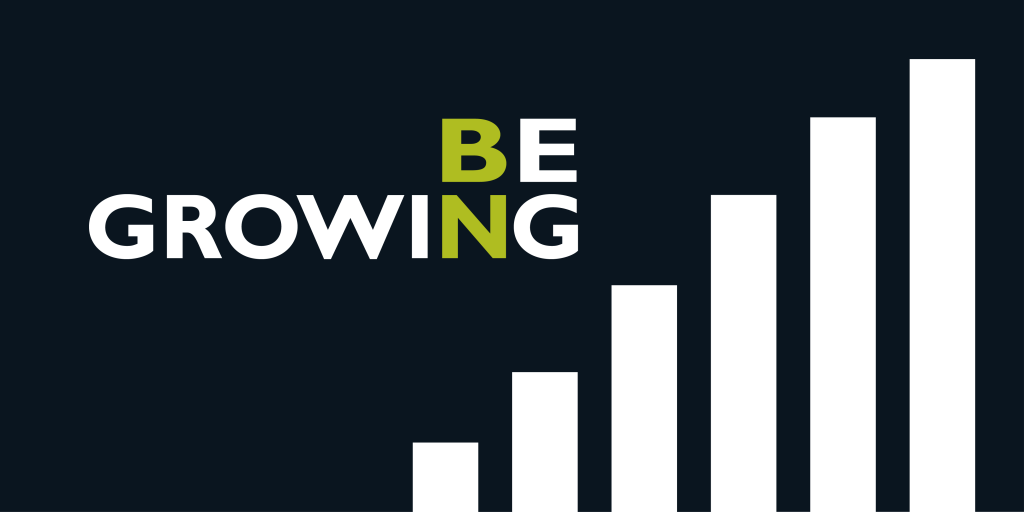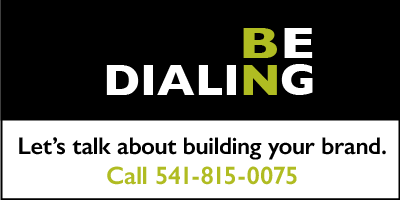Let’s clear up some of the confusion about branding…
Q. What is a brand?
Originally, a brand was a physical mark on a product — an identifier of some sort, like on cattle. But in modern business circles a brand is much more than just a name and logo stamped on your company letterhead.
Branding is an entire business discipline.
When business executives talk about “the Nike Brand” or “the Pepsi Brand” with a capital B, they’re not referring to the new logo. They’re referring to something more wholistic. More conceptual. And far bigger than just design.
Wikipedia says “A brand is a symbolic construct created within the minds of people and consists of all the information and expectations associated with a product or service.”
“Symbolic Construct” seems a bit academic to me. How about “gut feeling” or “first mental image.”
Or this definition, from the book, BrandSimple: “A brand is what your product or service stands for in people’s minds. Brands live in your head… Mental associations that get stirred up when you think of a particular car or camera or watch or pair of jeans.”
Scott Bedbury, of Nike and Starbucks fame, concurs: “Brands become living, psychological concepts we hold in our minds for years. A brand is the most valuable piece of real estate in the world — a corner in someone’s mind. And trust is the cornerstone of that. Without trust, you’ll never occupy that space.”

Q. What is branding?
If a brand is a set of mental associations about a product or company, then BrandING is the process of helping people formulate those associations.
If advertising is “getting your name out there,” Branding is attaching something meaningful to your name. It’s much bigger than just advertising or marketing.
“Some companies equate branding with marketing,” says Jasper Kunde, author of Corporate Religion. “Design a sparkling new logo, run an exciting new campaign, and voila, you’re branding.
They are wrong. Branding is bigger. Much bigger.”
Branding is a never-ending effort to conduct business in a way that will result in a better “brand”. Because what you SAY does not carry as much weight as what you DO.
In Brand Warfare, David F. D’Alessandro, former CEO of John Hancock said, “A brand is whatever the consumer thinks of when he hears your company’s name. Branding is everything.”
And everything is branding…
The words you choose. The way you behave. The conversations you have. The card you hand out. The promises you make. The people you hire. The values you hold dear. The values you could care less about. The vendors you choose. The money you make, or don’t make. And, of course, the experience people have with the product or service you provide.
Like it or not. it all matters. Because it’s the culmination of all those little things that makes “the brand.”
Branding is really about doing the right thing.
In The Best Of Branding, James Gregory said: “A corporate brand is the product of millions of experiences, with vendors, employees, customers, media, etc.”
If you’re doing right by all those people, your “branding” efforts will pay off in spades. On the other hand, if your company has no heart — and stands for nothing more than making money — then your branding efforts will flounder in a sea of unkept promises and unbelievable marketing hype.
 Q- Where do I start if I want to build a successful brand?
Q- Where do I start if I want to build a successful brand?
The branding process begins with your personal passion. If you’re not passionate about what you’re doing, you’ll never build a successful brand.
Great brands are built by business owners who stand for something beyond making a buck. Howard Shultz is very passionate about coffee and making the coffee house experience accessible to all. Phil Knight’s very passionate about athletic shoes, fitness, and athletic performance.
They had grand vision for changing the world, somehow, with their businesses and that vision got communicated, clearly, to everyone involved.
Your brand values, vision, mission and promise need to be spelled out, on paper. After all, your employees are your best brand champions and you can’t expect them to stay true to something they don’t even understand.
That’s something we do for our clients… we research and write the book on your brand. We craft the message and then help you communicate it internally, so all your managers, front-line employees and business partners are on the same page. Literally.
It’s a tremendously helpful tool. When you’re thinking about hiring new people, when you’re developing new products or services, when you’re considering a fundamental “pivot” of your business plan, the brand book stands as your foundation. Your manifesto. Your bible.
So start there.
Q. How much does it cost to build a brand?
That’s a tough one. I’ve known businesses that started out with miniscule marketing budgets that became highly successful brands. But they did a lot of other things well… They had a highly memorable, disruptive product or service, they ran a highly efficient operation, hired great people, and provided exceptional service.
On the other hand, there are plenty of examples where companies spent hundreds of millions to cement a brand image, only to flounder and eventually fold.
The cost really depends on the competitive landscape. If you’re trying to launch a new athletic shoe to compete with Nike, it’s not going to be cheap. But if you’re doing an ecommerce business in a very specialized, highly-focused field, it can be done quite affordably.
One thing’s for sure, building a successful brand is an on-going investment that most small-business owners overlook. You can’t just do a quick logo and expect your branding effort to work magically. It takes discipline, consistency and dogged persistence.
It’s the cost of doing business. You should figure, at the very least, 10% of your gross revenues goes to marketing. Many new brands that are trying to gain traction will spend 50 to 80% of their gross on marketing.
Q. What’s the difference between a brand strategist and a branding firm?
I recently ran across this graphic (below) from a marketing person who teaches marketing people how to market themselves more effectively. This simple graphic hierarchy represents one of the most common misperceptions in marketing and branding.
It’s a trap that many business owners and CEOs fall into. If this is how you visualize the marketing landscape, I urge you to read on.
|
|
This model implies that you (the client) should pay $500 an hour for a marketing plan, and then leave the execution of the plan to unpaid interns and jr. marketing assistants.
I don’t think that’s a very good idea. In fact, there are so many things wrong with that picture, I don’t even know where to begin.
Don’t be fooled by the title “Strategist.” “Brand Strategists” are popping up all over the place. It’s a relatively new cottage industry made up mostly of ambitious graphic designers who are looking to increase their billable rates.
There are plenty of consultants who are actively promoting that move…
“Why work as a designer/when you can change the title on your LinkedIn profile and charge 10 to 20 times more? “
So the “strategist” at the very top of the marketing totem pole, in this example, might have no real strategy experience, no formal marketing training, and no track record of successful brand leadership. (Choosing a few adjectives and corporate cliches about your brand mission to go with a logo design does not equate to a brand strategy.)
More often than not, any “strategies” they deliver will be focused almost entirely on tactics, not strategy. (If you’re still unclear on the difference, read this post.)
If you’re really looking for big-picture marketing strategy a consultant is a much better choice than a “brand strategist.”
Unfortunately, consultants are famous for charging exorbitant amounts of money to deliver marketing plans that never see the light of day. Here’s what happens…
For whatever reason, their strategic plans are not always embraced internally. Therefore, the quarterback doesn’t have a game plan, and the mechanics are left scurrying around in creative circles, nowhere near the end zone.
Which brings me back to the importance of creative execution.

The ultimate success of any strategy rests entirely in the hands of the people who execute.
When the all-important details of execution are left to those lowly mechanics in the graphic, or to five buck foreign laborers, or worse yet, to Ai programs, the strategy goes out the window.
So even if you pay a guru a million bucks for a strategy, it’s going to be practically worthless if you don’t have a top-notch creative team.
I contend that it’s much smarter, and ultimately more cost effective, to flip the script and build your strategy around creative thinking.
Skip the consultant and the “brand strategist” altogether. That’ll save you some money.
Instead, hire an experienced, high-paid creative team and get them actively involved in the strategy process from the get-go. When you team a writer and an art director with a truely gifted account planner/marketing strategist you’ll get magical results.
The contribution from each of those individuals is equally valuable, so pay them all the same. There are no tiers.

